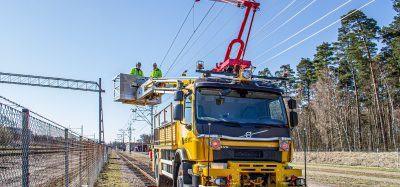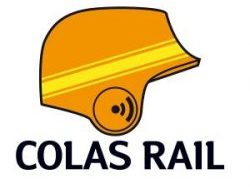ORR releases interim report on Hitachi trains impacted by fatigue cracks
Posted: 10 September 2021 | Global Railway Review | No comments yet
In its interim report, the Office of Rail and Road has reviewed the Hitachi’s Class 800 and 385 series trains, that were impacted by corrosion and cracks caused by stress and fatigue.


Credit: The Office of Rail and Road
The Office of Rail and Road (ORR) has published in its interim review, that Hitachi’s Class 800 and 385 series trains were affected by stress corrosion and fatigue cracks. These resulted in a significant number of Class 800 trains being withdrawn from service in May 2021.
The regulator also commends the rapid industry response and subsequent work to safely reintroduce trains to service.
Cracks found in the bolster close to the yaw damper bracket and anti-roll bar fixing points, were a result of fatigue and cracks found in the area where the lifting plates attach to the vehicle body, were the result of stress corrosion cracking.
Stress corrosion cracking occurs when susceptible materials are exposed to a specific corrosive substance while subject to stress.
ORR’s report found that once the cracks were identified, the industry worked collaboratively to swiftly withdraw the trains and then to establish a suitable process for assessing which trains were able to return to service.
The regulator’s interim report finds that since being put back into service, trains have performed as specified, with no unsafe conditions or harm arising from the cracking.
ORR continues to work with Hitachi and the industry and expects to publish a final report in December 2021.
Ian Prosser, CBE, HM Chief Inspector of Railways at ORR said: “Our interim findings confirm the cracking in the yaw damper and lifting plate are a result of fatigue and stress corrosion cracking – and that Hitachi made the sensible decision to withdraw all trains.
“Since then, most trains have been put back into service with no unsafe conditions and no harm arising from the cracking.”
“I welcome the good collaboration that has taken place since this issue arose. We are continuing to work with all parties to determine the root cause and will publish our final report in December,” added Ian.
ORR’s final report will establish the root cause of the cracking and will review Hitachi’s plan for long term fleet recovery and management, and it will identify any areas for improvement for the industry.
In June 2021, ORR published its review of the impact on passengers, which found train operators affected by the cracks had provided clear and consistent information to passengers during the disruption.
ORR’s passenger review also identified areas aimed at further reducing the impact on passengers, should similar disruption occur in future.
A spokesperson for Hitachi Rail said: “The ORR’s interim report highlights how the industry took timely and appropriate decisions to maintain the highest levels of safety. This collaborative approach also helped to get trains back into service so passenger disruption was kept to a minimum.
“The interim report also demonstrates the significant amount of detailed, and independently verified, assessments Hitachi Rail has conducted to keep trains running safely. Our enhanced maintenance regime is helping to deliver stable passenger service, while we work tirelessly with all partners on long-term solutions.”
Stay Connected with Global Railway Review — Subscribe for Free!
Get exclusive access to the latest rail industry insights from Global Railway Review — all tailored to your interests.
✅ Expert-Led Webinars – Gain insights from global industry leaders
✅ Weekly News & Reports – Rail project updates, thought leadership, and exclusive interviews
✅ Partner Innovations – Discover cutting-edge rail technologies
✅ Print/Digital Magazine – Enjoy two in-depth issues per year, packed with expert content
Choose the updates that matter most to you. Sign up now to stay informed, inspired, and connected — all for free!
Thank you for being part of our community. Let’s keep shaping the future of rail together!
Related topics
Passenger Experience/Satisfaction, Rolling Stock Components (Interior/Exterior), Rolling Stock Maintenance, Rolling Stock Orders/Developments







